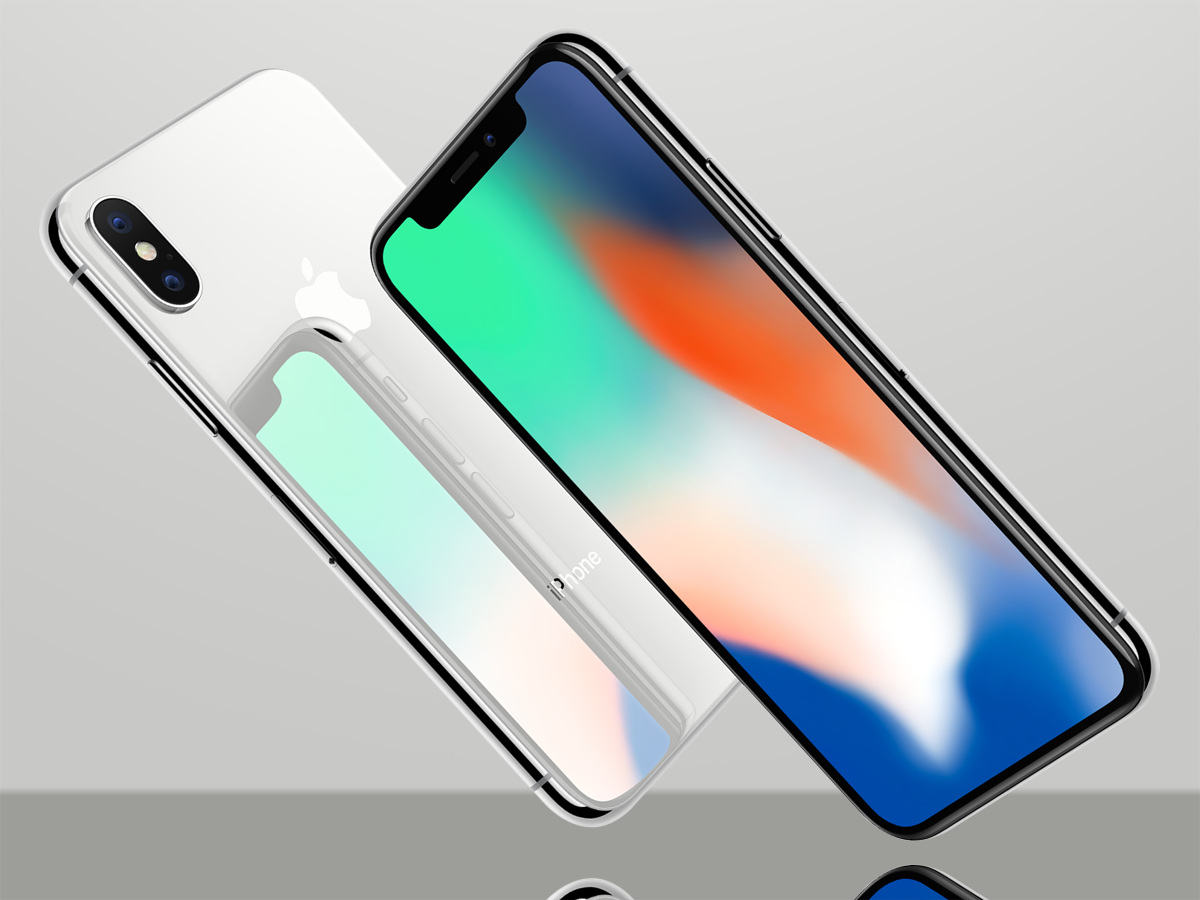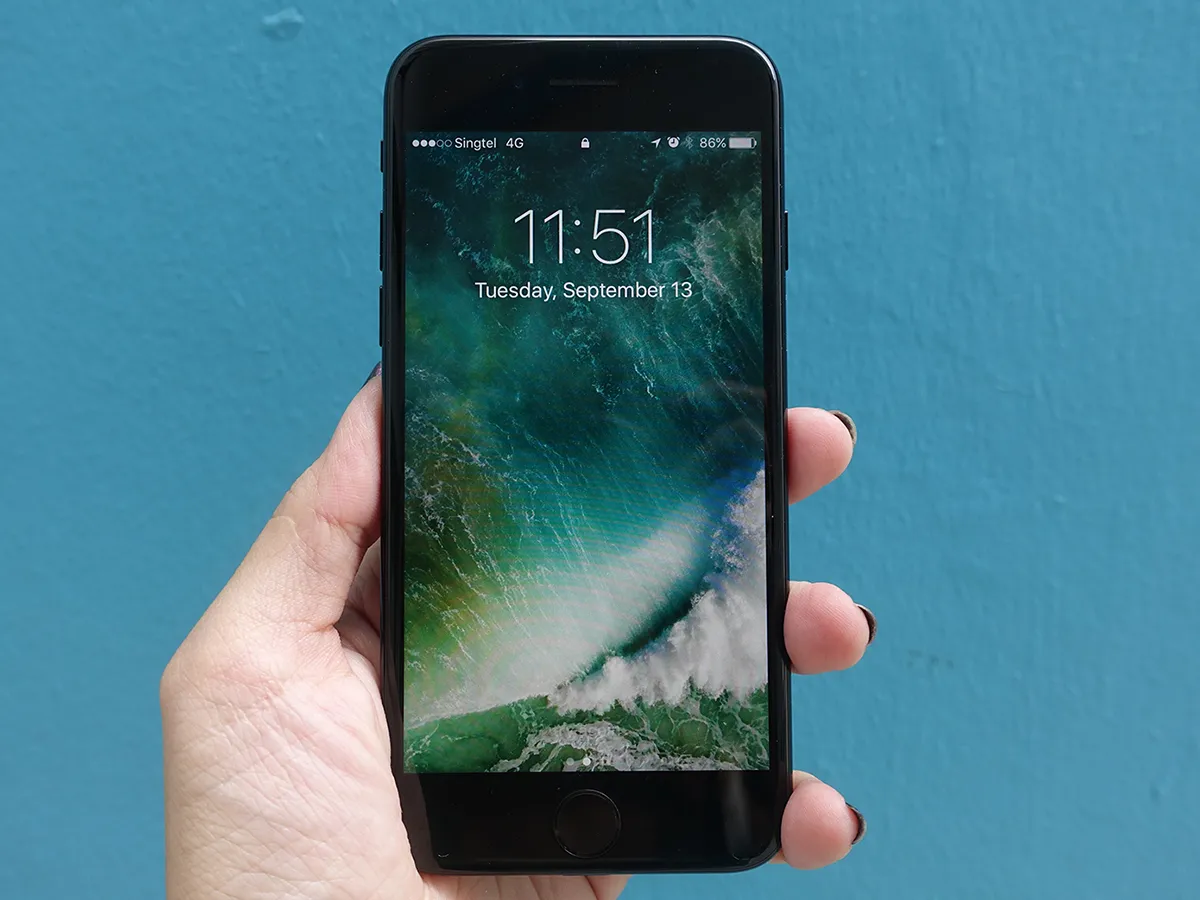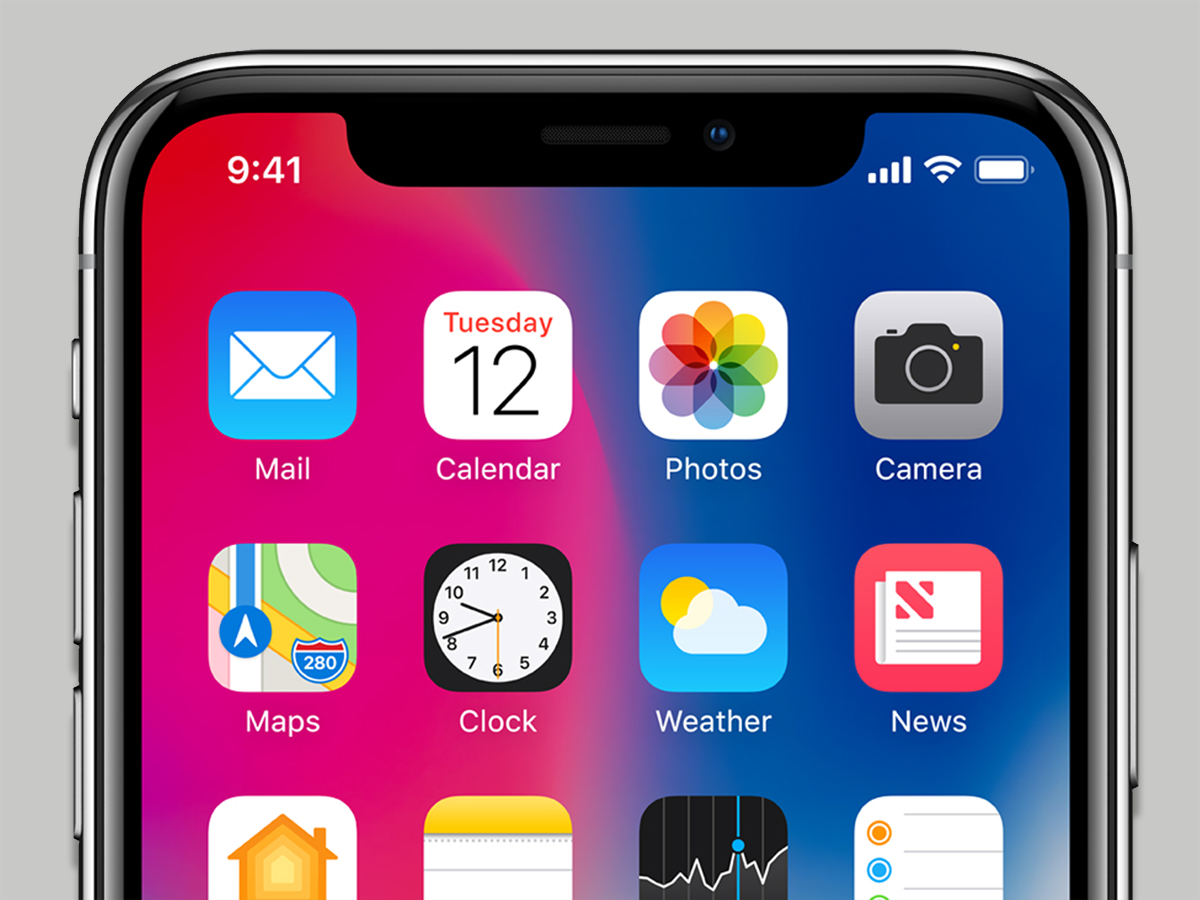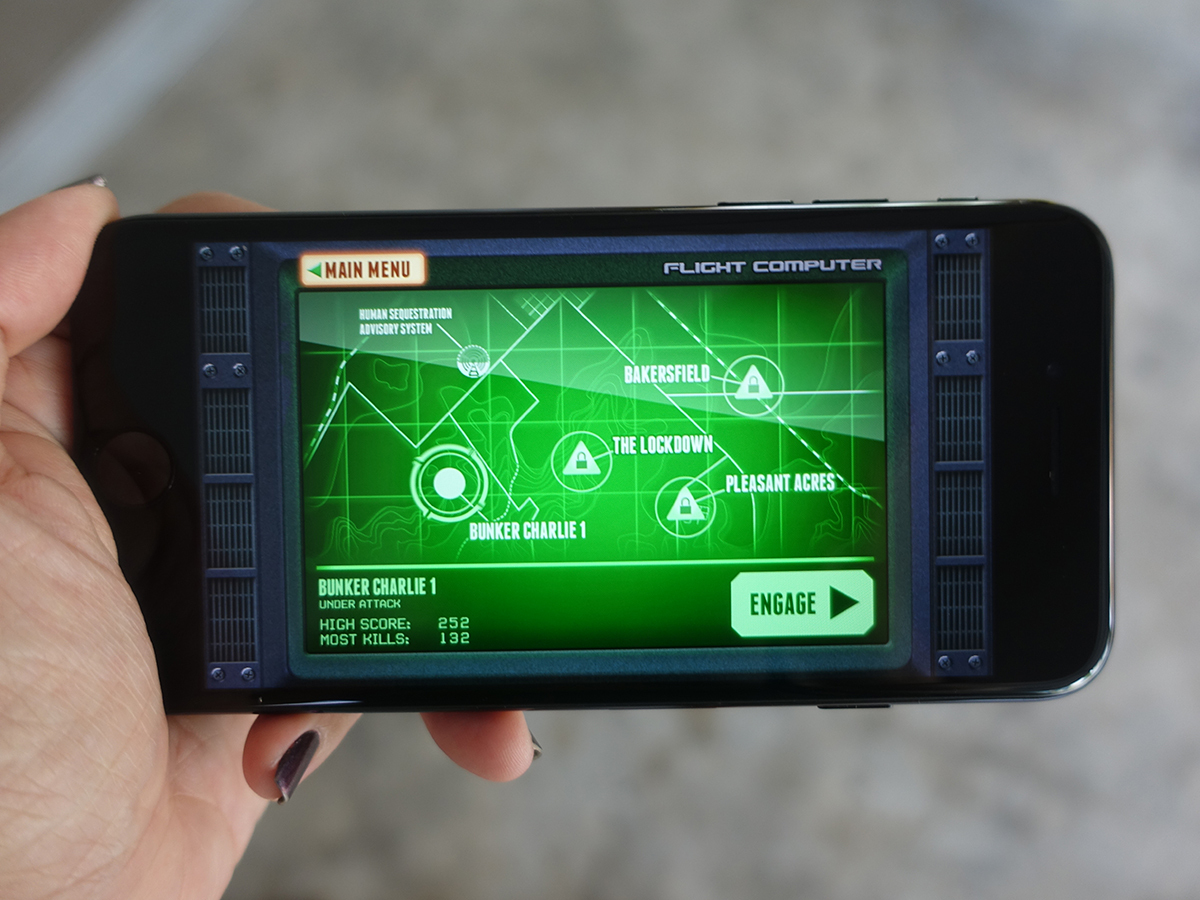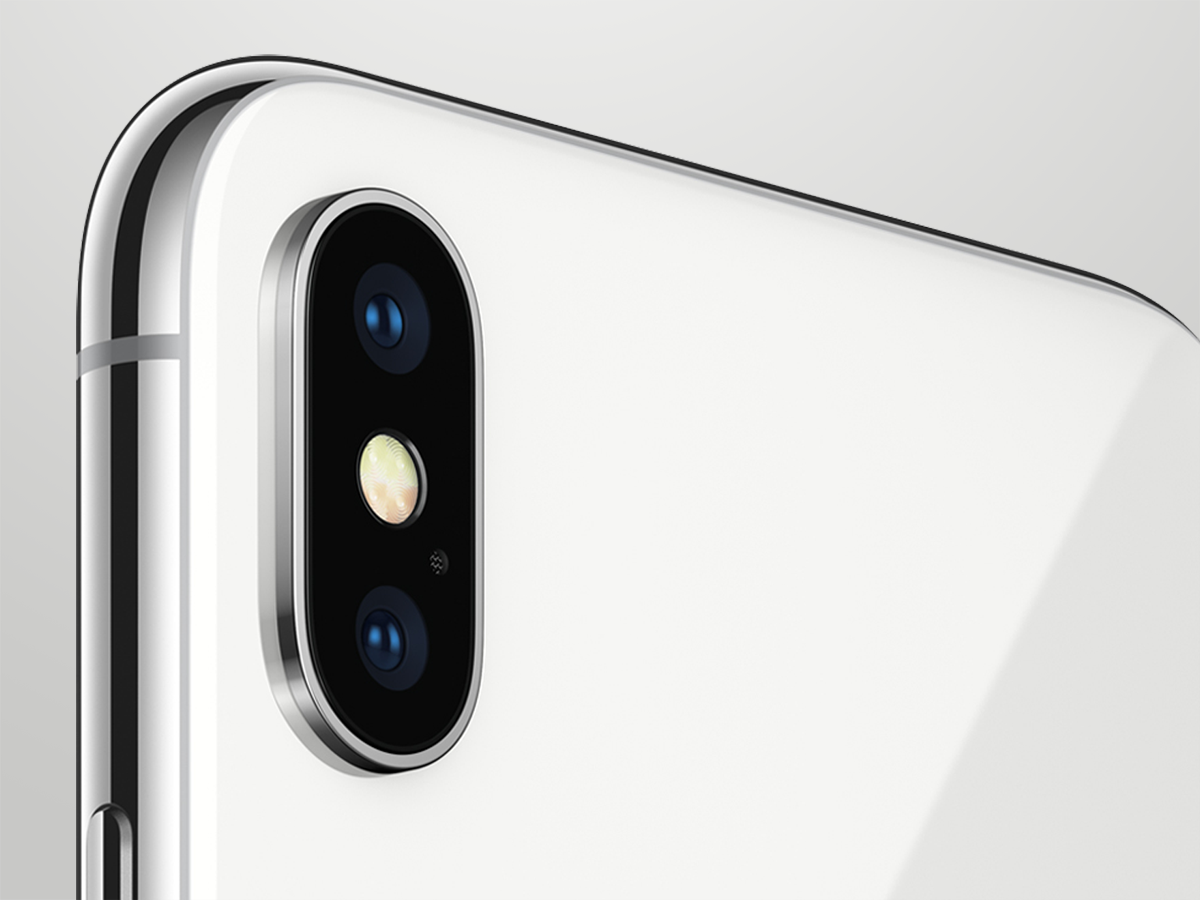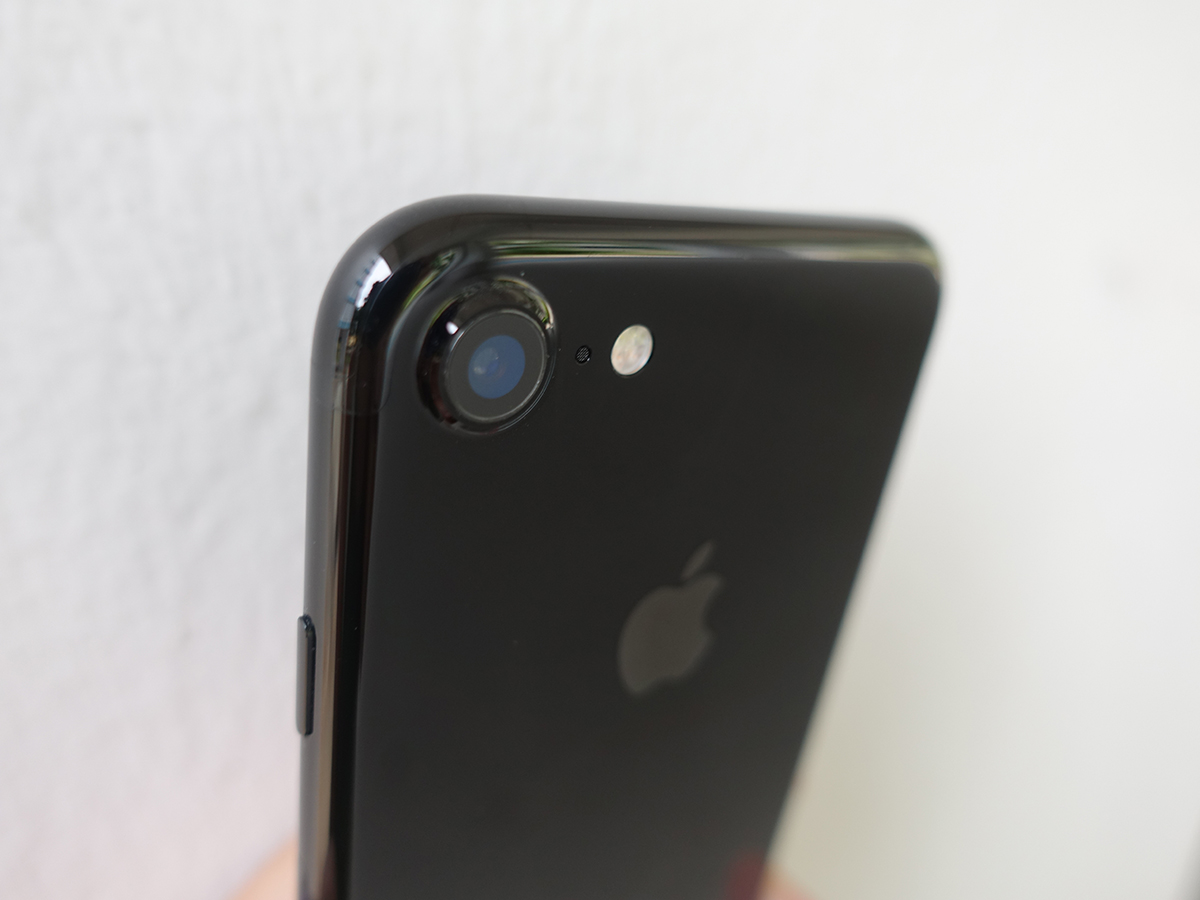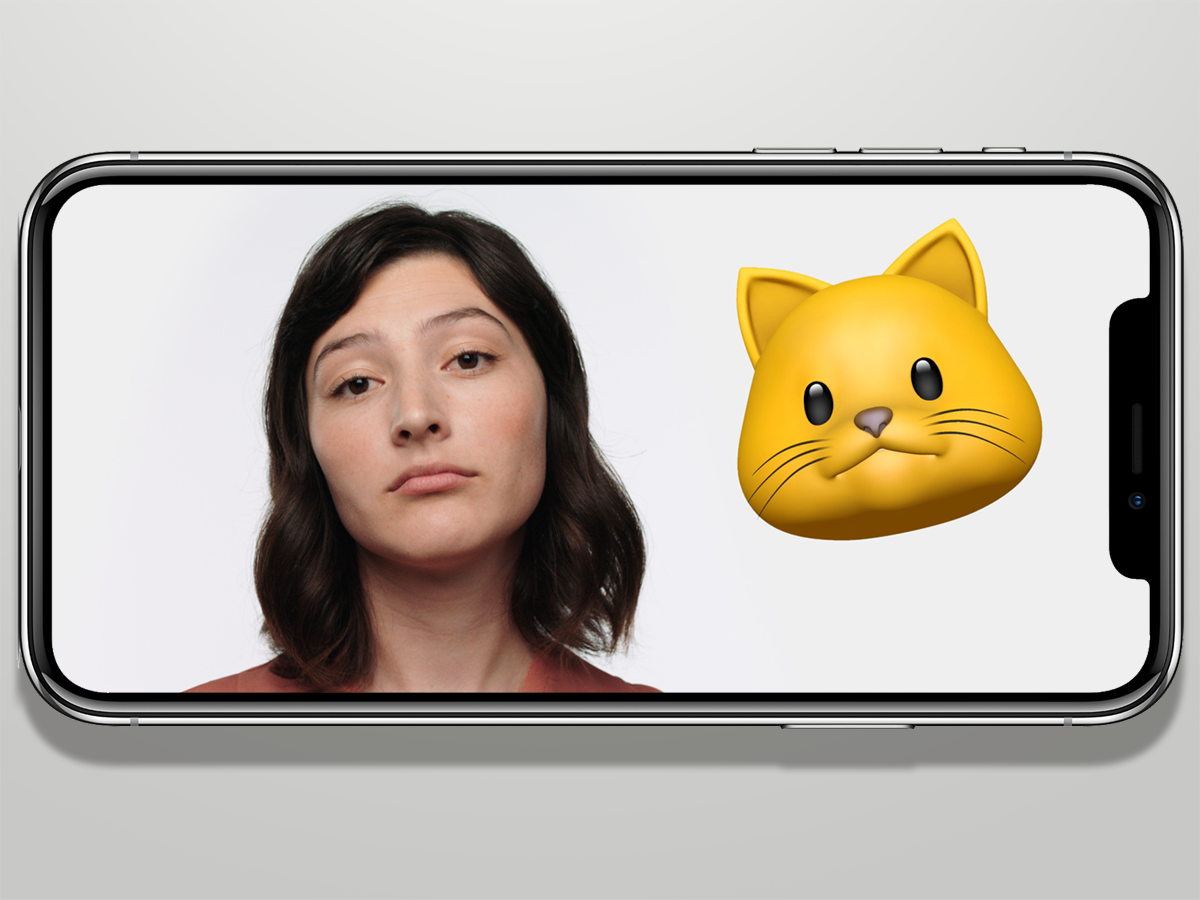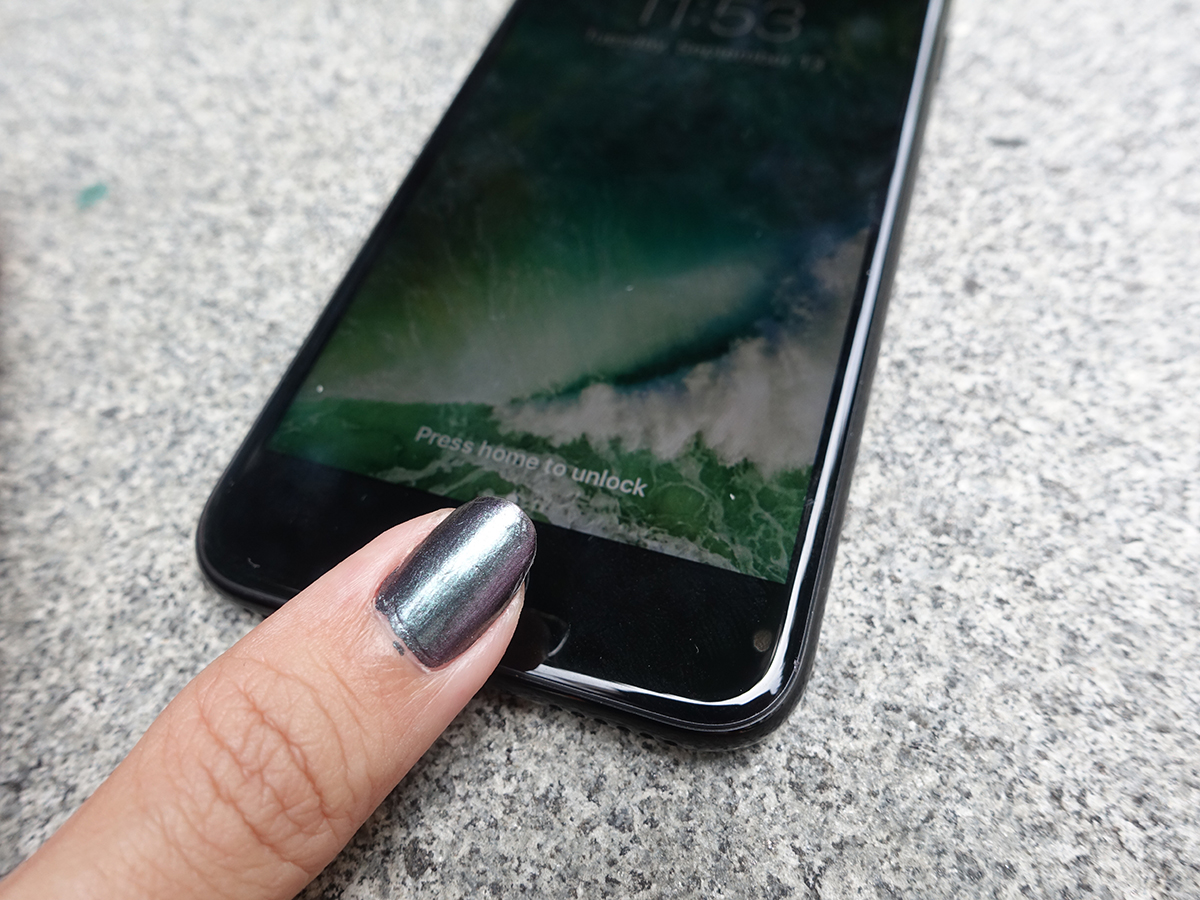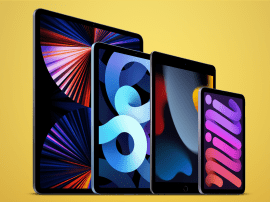Apple iPhone X vs iPhone 7: Should you upgrade?
Those big enhancements come at a huge, huge price

It’s finally official: after months and months of increasingly accurate rumours, the Apple iPhone X has just been announced.
The iPhone X isn’t Apple’s only new phone, as we’re also getting the iPhone 8 and iPhone 8 Plus, but the X is certainly the priciest and most feature-packed of the bunch. It’s a whole new handset with all the latest bells and whistles, albeit at an eye-popping asking cost.
If you just upgraded to the iPhone 7 within the last year, do you really want to shell out huge cash for the iPhone X? Maybe – but maybe not. Based on the specs and details that Apple just revealed, here’s how this showdown shakes out for now. We’ll update it with a final verdict once we review the iPhone X closer to its November release.
Design: New… and improved?
After three straight handsets using the same core design, itself an evolution of the original iPhone shape, we’re excited to see something new with the iPhone X. It’s pretty much all screen on the front, much like the Samsung Galaxy S8 and LG G6 this year, with almost no bezel all around.
However, it has a noticeable notch up at the top, which houses the front-facing and infrared cameras, the microphones, and sensors – all of which are used regularly by your handset. It’s an interesting solution, albeit one that looks a bit awkward at a glance. We’re sure we’ll get used to it in time, but that cut-out is throwing some of us off as of now.
Still, the handset looks beautiful overall. We’ve got glass on the back again for the first time since the iPhone 4s, as well as a smooth, continual surface between the glass front and back and the aluminum sides. It’s a big change, and after a couple years of almost zero visible change, we’ll happily take it.
Screen: OLED, please
Apple is following LG’s and Samsung’s lead here by giving you almost all screen on the front, plus it packs big upgrades from what’s on the iPhone 7 right now.
The iPhone X display is an extra-tall 5.8in screen that has been dubbed a Super Retina Display, and it comes in a significantly higher resolution of 2436×1125. By contrast, the 4.7in iPhone 7 display weighs in at 1334×750, which has been pretty massively behind the times in terms of flagship resolution for a couple years now.
Given the size bump, you might worry about the iPhone X feeling unwieldy, but the taller dimensions and trimmed bezel mean there’s not too much of a size increase. The iPhone X is 2.79in wide, while the iPhone 7 is 2.64in wide; in terms of height, the iPhone X only picks up about 0.2 inches as well.
Not only is the screen larger, taller, and crisper, but it should also pop more: it’s an OLED display like those you’d see on Galaxy flagships, promising deeper blacks and fabulous contrast, plus it has mobile HDR support. All told, it ought to look pretty brilliant, and it’ll be a very noticeable upgrade from the iPhone 7.
Camera: Double vision
Every iPhone offers a pretty significant camera upgrade over the previous model, even when the specs don’t suggest a large quality increase – as seen in everyday shots from the iPhone 7 compared to the iPhone 6s.
We won’t know how much of a difference it is here until we get extensively hands-on with the iPhone X… but it’s fair to say that you’ll see a lot of advantages moving up from the standard iPhone 7 to the iPhone X. The difference won’t be as pronounced if you trade up from the iPhone 7 Plus, however.
Moving from the iPhone 7, you’ll get a second camera on the back, as the iPhone X has 12-megapixel wide-angle (f/1.8) and telephoto (f/2.4) sensors – and they both have optical image stabilisation, in an upgrade from the iPhone 7 Plus (the latter lacked it). The extra camera allows for an optical zoom ability that doesn’t lose detail in the process.
You also gain Portrait mode, of course, which produces impressive DSLR-like head shots with blurred backdrops and bokeh effects. The iPhone X also adds the new Portrait Lighting feature, as well, which lets you choose from different lighting presets to let you add more of a custom touch to the results. It looked really sharp in the onstage demo, but hopefully it doesn’t make the shots look too artificial or processed.
All told, you’ll surely see sharper everyday shots from the main camera, and then gain the addition of Portrait mode and other dual-camera benefits. And there are some other front camera-related perks we’ll tackle later on. Plenty of enhancements here.
Performance: The Bionic phone
Another year, another boost in performance: this time around, Apple has the A11 Bionic chip, which early benchmark tests suggest offers a dramatic improvement over the iPhone 7… and all of the Android flagship competition, as well.
Will it make a big difference in everyday usage? Maybe not: the iPhone 7 is already super smooth with iOS 10, for the most part, although we can’t say whether it’ll run quite as well with iOS 11 under the hood. It always feels like the last-gen phone is a half-step behind once the OS upgrade comes out, and that may prove true again here.
On paper, it seems like an astounding difference, also helped by the 3GB RAM in the iPhone X (compared to 2GB in the iPhone 7). In daily use, it’ll probably be more modest, but this is still a win for the iPhone X no matter how you look at it.
Battery and perks: Wireless, finally!
Apple hasn’t revealed the actual size of the iPhone X battery pack, but the company says it’ll last about two hours longer in everyday usage than the iPhone 7. That’s great, assuming it pans out in our own testing, but there are other battery upgrades here.
First and foremost, the iPhone X is the first-ever iPhone with wireless charging, thanks to the return to glass backing. It uses the Qi standard, too, so you don’t have to buy special Apple hardware to top off your phone without plugging in a cable.
The iPhone X also offers fast charging capabilities, letting you grab a 50% charge in 30 minutes. That’s assuredly wired, though, and Apple’s specs sheet doesn’t say anything about wireless fast charging. Still, that’s not something the iPhone 7 allows in any form.
In terms of storage, you also get more from the start with the iPhone X: either 64GB or 256GB, depending on version, while the iPhone 7 comes in 32GB, 128GB, and 256GB models.
And significantly, the iPhone X uses the front-facing cameras for Face ID, the company’s new security system that recognizes your face and unlocks the device. The iPhone 7’s Touch ID is gone, thanks to the all-screen front of the iPhone X, which means you’ll need to look directly at your device to open it up without a passcode.
Upgrade or downgrade? Time will tell, but we’ve been pretty happy with Touch ID and facial scanning has typically been finicky and imperfect – and we don’t like delays when unlocking our phones. So we’ll have to see. But at least the iPhone X’s facial scanning technology allows for animated emojis using our own facial movements.
Talking poop emoji? That’s a win for the iPhone X.
Initial Verdict: Tough decisions
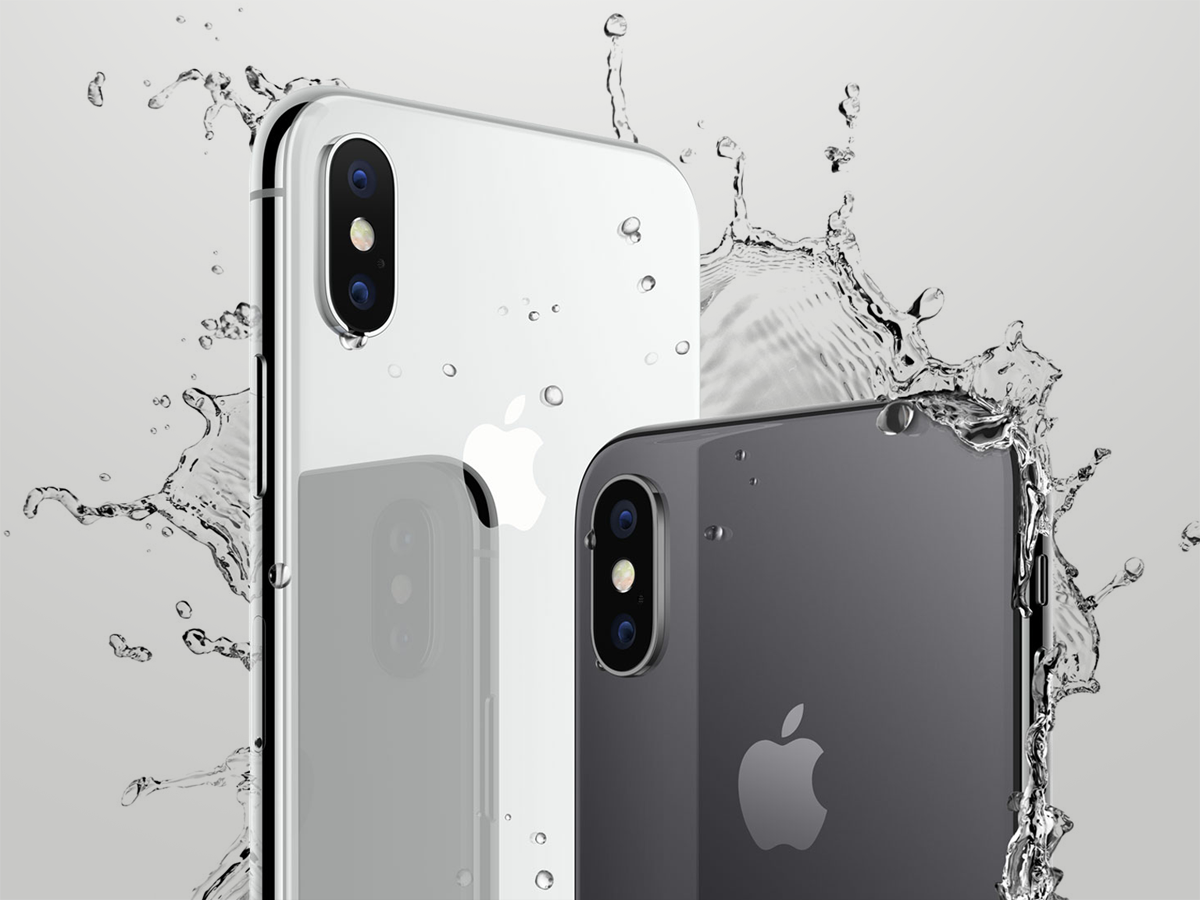
No big surprise here: the iPhone X offers a sizable upgrade over last year’s iPhone 7. In fact, it feels two generations ahead, since the "standard" iPhone 8 and iPhone 8 Plus offer more modest, annual enhancements, and then the iPhone X goes a few steps further.
It’s a truly exciting Apple handset after a couple years of very familiar-feeling renditions. But that said, the price will be a crushing blow to some interested parties: the 64GB edition is selling for a startling £999, with the 256GB model bumping up to £1,149. Yes, the thousand-quid iPhone is truly a reality in 2017.
Should you upgrade from last year’s perfectly strong, totally capable iPhone 7 to the iPhone X? Do you need to be on the absolute cutting edge, at least as far as Apple devices are concerned? Are you on an upgrade plan that lets you trade in your iPhone 7 and pay a little more each month for the newer device? In those cases, then yes, you might be inclined to do so.
However, we’d guess that many iPhone 7 buyers who spent £599+ on that fine little handset less than a year ago will balk at the suggestion of buying a £999+ replacement right now. And we totally feel you on that. Even those of us in the office who are enticed by this iPhone’s big perks are a little shell-shocked by the asking price. Well, not all of us.
Out gut instinct says that if you’re happy with your iPhone 7, then wait another year and ride it out: Apple may eventually extend the iPhone X’s more distinctive features to its lower-priced lines, and your iPhone 7 is still a very fast, largely impressive device even after a year of release. Don’t jump unless you’re absolutely head-over-heels in love with the iPhone X.
